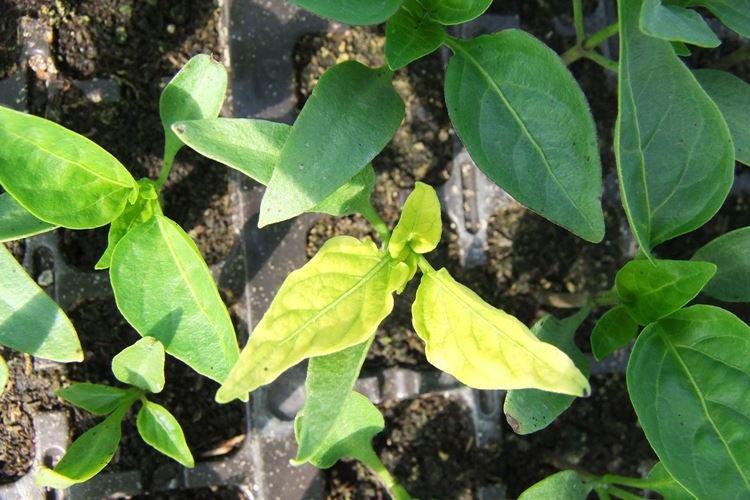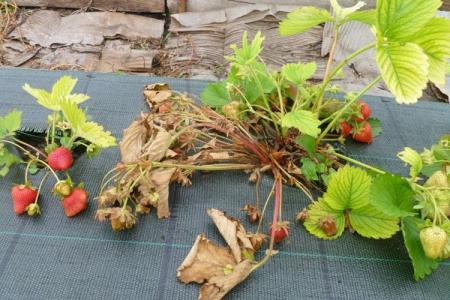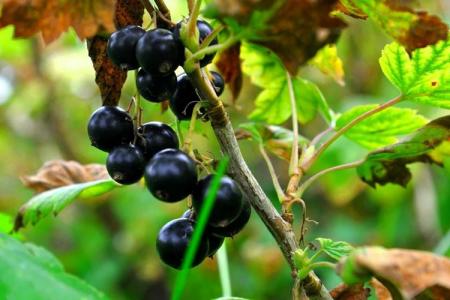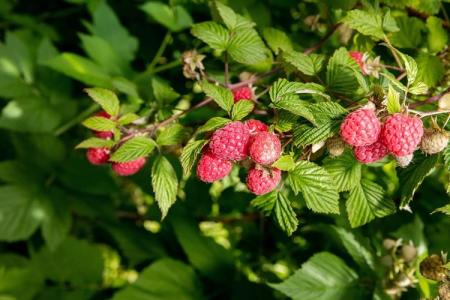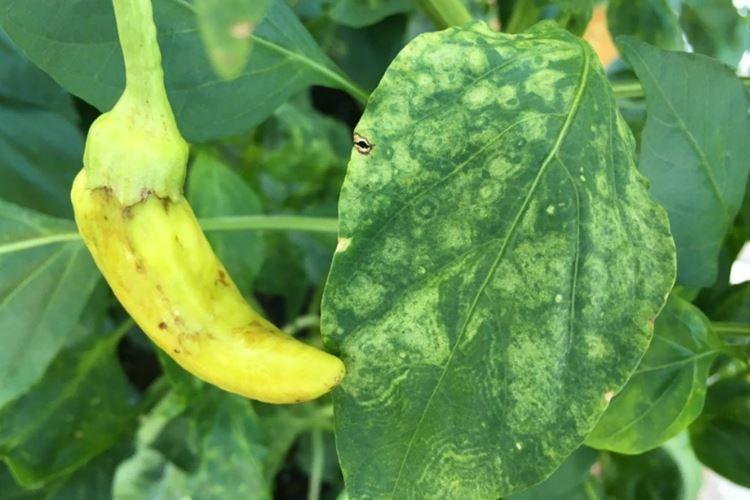
Favorite beds always cause a lot of trouble, and you want, at least, to reap a good harvest. But on the way to it, you may encounter diseases, pests and other problems due to which the leaves turn yellow and dry. Today we will tell you why this happens with pepper and what you need to pay attention to!
Main reasons
Pepper is a rather capricious culture, so it reacts almost instantly to any violation of conditions. The leaves turn yellow and dry due to the knocked down humidity regime, inappropriate temperature and lighting, after improper transplantation or processing. They also dry out and become depleted due to diseases, fungi and pests.
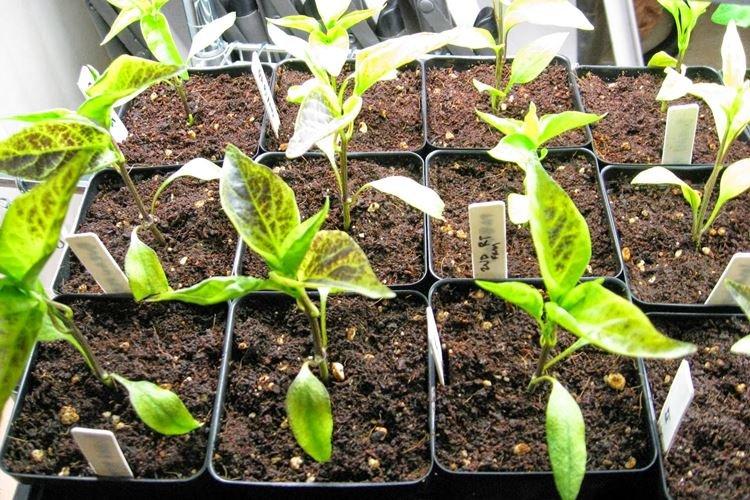
The lower leaves of the pepper turn yellow
The lower leaves of the pepper suffer during flowering or later during fruiting. This is because all the nutrients are first directed towards a healthy crop. The process is absolutely normal and does not require any intervention on your part.
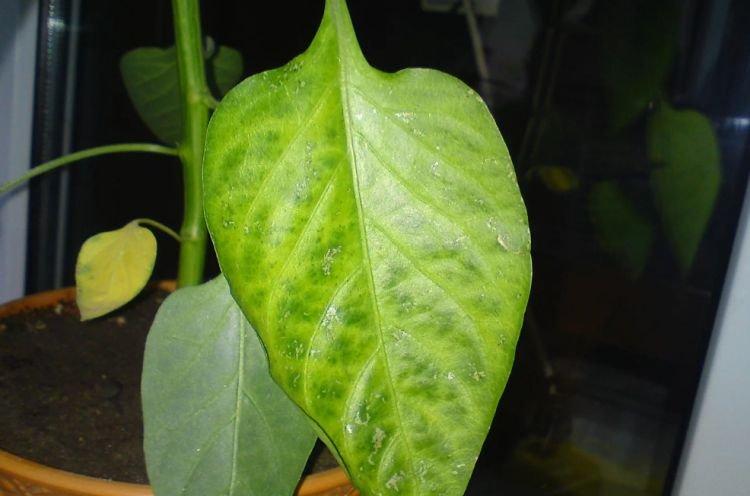
The upper leaves of the pepper turn yellow
Fresh shoots first of all respond to nutritional disturbances, because they need a lot of resources for development.
- Nitrogen deficiency leads to the fact that the leaves are already growing faded, small and deformed. Usually, in this case, they just turn yellow from top to bottom;
- Potassium deficiency is unusual because the leaves dry and crumble along the edge;
- If the veins remain green, and the plate itself loses color, iron-based feeding is probably needed;
- Pepper may lack magnesium, and then the spots turn brown and eventually begin to die off;
- Due to the lack of manganese, the leaves of the pepper also turn yellow between the veins, but not with a continuous cover, but with small spots;
- Lack of boron also leads to twisting of the sheet plates.
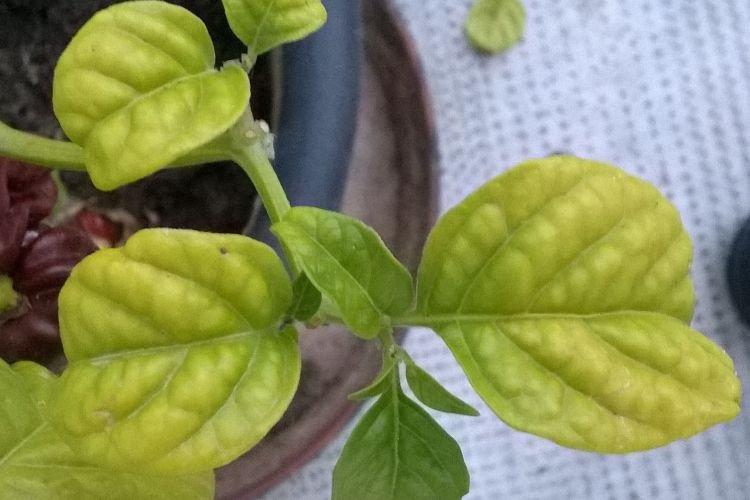
Pepper leaves turn yellow and deform
When everything is in order with top dressing and conditions, but other changes are gradually added to the yellowness, this is a sign of illness or parasites. Check the leaves on both sides for aphid or mite colonies. Treat with fungicides and immunomodulatory drugs.
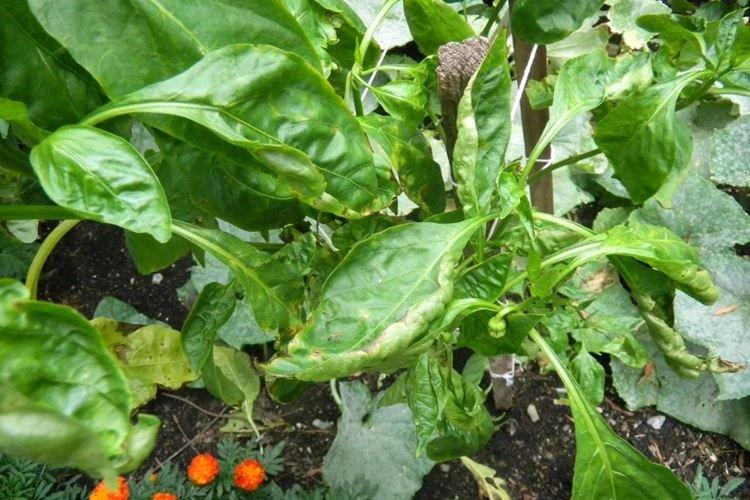
Pepper leaves turn yellow in the open field
In open beds, all external factors are most pronounced: heat and cold snaps, drought and rainstorms, pests and diseases.
- Even when the air has already warmed up, the soil may still be cold inside and because of this, the root system develops worse;
- Pepper reacts sensitively to the wrong acidity, so the soil must be prepared in advance;
- To build up a strong and healthy green mass, you definitely need complex feeding on a schedule;
- On rainy days, you do not need to additionally water the pepper, because the leaves will begin to turn yellow and rot;
- The beds must be loosened regularly so that the water does not stagnate and fungi do not develop, which appear in the form of spots on the leaves;
- On dry days, with insufficient watering, the pepper can not only turn yellow, but also drop leaves altogether;
- Chaotic yellow spots that seem to be intertwined in a complex pattern are a symptom of a virus. Later, they will begin to deform and bend, and the plant will die.
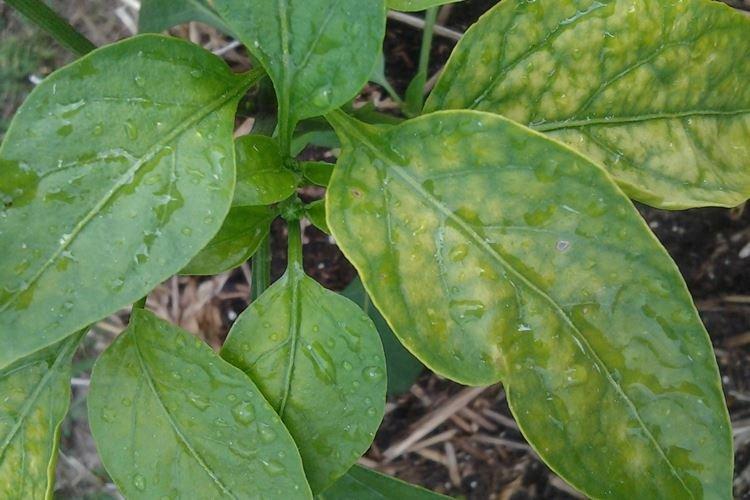
Pepper leaves turn yellow in the greenhouse
Greenhouse conditions are ideal for the development of seedlings, but they are just as ideal for the development of fungi with diseases!
- Leaves turn yellow due to temperature imbalance when the ground is too warm, and the ground part freezes at night;
- Greenhouse land is depleted, so it needs to be changed periodically and regular feeding;
- If the leaves of the pepper turn yellow and become softer, it is too humid in the greenhouse;
- The plates are covered with yellow spots with bloom, cracks or bumps due to various fungi.Here it is important to remove the affected parts and treat the beds with fungicides, because in the greenhouse the fungus multiplies almost at lightning speed.
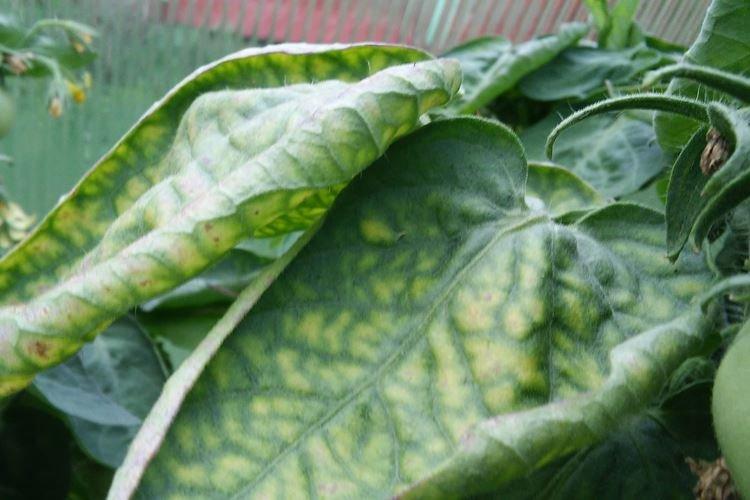
The leaves of pepper seedlings on the balcony turn yellow
On the one hand, it is easy to create optimal conditions on the balcony, close to those of a greenhouse. On the other hand, very young seedlings are very sensitive to any changes.
- The sprouts will start to turn yellow if they lack the sun or if there is too much of it. Therefore, find a bright place, but take care of protection from the scorching rays;
- Containers with seedlings suffer from drafts, and the optimum temperature is about 18-20 degrees;
- From direct sunlight, especially through glass, burns often remain on tender young leaves;
- If the lower leaves of the seedlings turn yellow and dry first, it is possible that the planting is too dense and there is not enough space for the sprouts. The same problem occurs if the container gets too cramped;
- Young seedlings are much more sensitive to waterlogging than street beds. It is better to underfill the pepper than pour it over;
- The soil should always be disinfected in advance, and the seeds should be soaked in potassium permanganate. Otherwise, then the leaves of the seedlings will be painful and lethargic due to the remnants of fungi and infections;
- Leaves can wither when watering seedlings with cold water. So pepper simultaneously suffers from hypothermia and moisture deficiency, because it is not able to absorb it in this form;
- Pepper is very sensitive to any damage to the roots, so you need to dive it as carefully as possible. At the slightest injury, he will begin to shed leaves until he recovers.
